Septic tanks are commonly found in rural areas where a property doesn’t have access to nearby sewer connections. Although not a pleasant thought, Septic tanks can be a real money saver. In nature, most bodies of water naturally purify themselves through the use of bacteria. Septic tanks harness this concept and combine it with simple technology.
With proper management, they are easy to run and will cause no issues. However, neglecting your septic system can lead to a whole host of expensive problems. To save yourself the hassle of arranging repairs and parting with a large amount of money it is important to know what you can and can’t put down a septic tank.
Maintaining a healthy septic tank
Before diving into what you can put down a septic tank, it is essential to understand why you must maintain a healthy septic system. It is easy to be of the opinion of ‘out of sight out of mind’ when it comes to your septic tank. However, although it is out of site, it is working constantly to dispose of your waste.
The septic tank separates the oils and the solids from the liquid and diverts the effluent water into the surrounding soil. Failure to maintain your septic system could lead to a leak, unpleasant sewage odours or even sewage overflowing through the toilets into your home. There are two reasons why septic tanks may fail or start to present problems, either objects are being added that can’t break down, which can cause blockages in the septic tank, or chemicals added that may kill the bacteria and prevent the septic system from working efficiently.
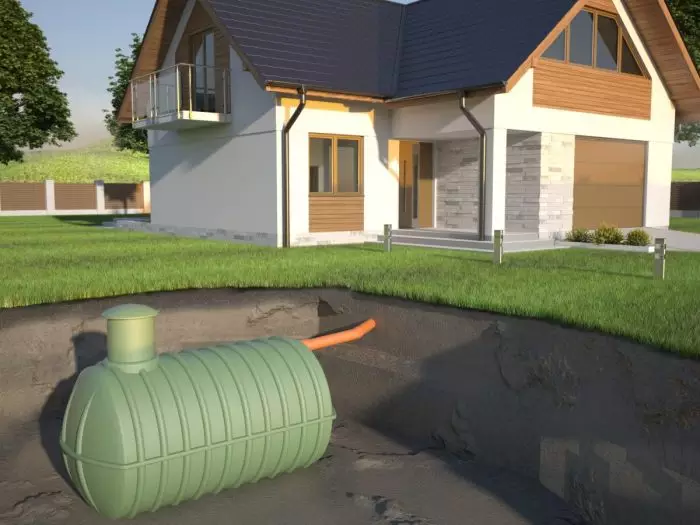
Septic Tank Do’s and Don’ts
- -Do limit the number of solids that go through your septic system.
- -Don’t put any chemicals into your septic tank.
- -Reduce the number of fats or greases in your system.
- -Don’t put anything non-biodegradable in your tank.
Top tip: Make sure everyone in your household knows what can and can’t go down a septic tank.
What you can put down your septic tank
Septic tanks rely on good bacteria to function properly. Anything chemical-based should not be used as it can kill bacteria. This includes disinfectants, bleach and other common household cleaners. Here is a list of things that can be put in a septic tank:
Common household items that are compatible with septic systems
- -Toilet roll
- -Small amounts of food waste from drains and dishwashers
- -Epsom salt (this does not break down waste)
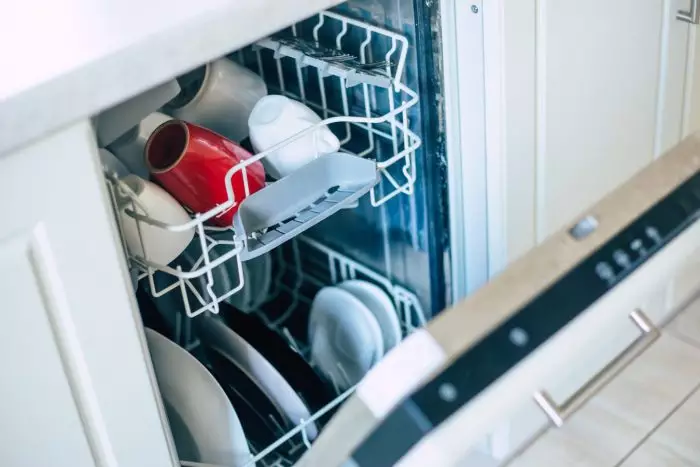
Cleaning products that are compatible with septic systems
- -Bacteria-based or natural cleaning products include Septic Klear, FOG Klear, and Drain Klear.
- -Non-antibacterial soaps and shower gel.
- -Bacteria-based odour eliminators, such as kit fresh, bed fresh or pet fresh.
- -Natural floor cleaner
Envii Septic Klear is a natural product that uses unique beneficial bacteria that target waste in your septic tank and breaks it down.
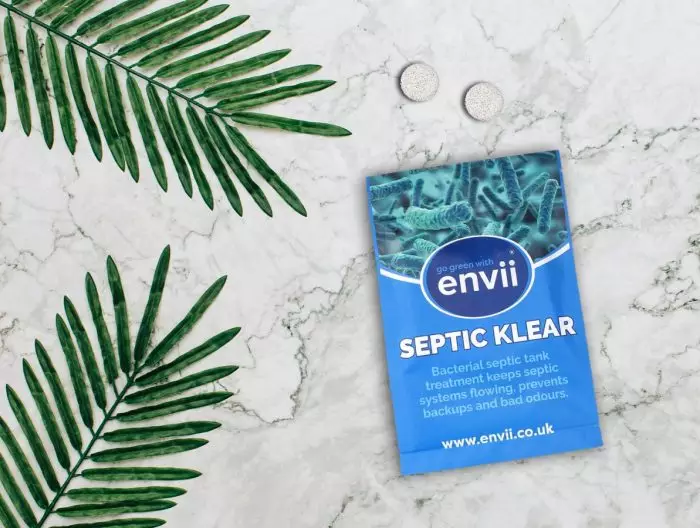
Now that we have covered what can go in a septic tank, discover below products that cannot be added.
Common household products that are not compatible with septic systems
- -Coffee grounds
- -Paint
- -Gasoline
- -Dental floss
- -Disposal diapers
- -Fats and oils
- -Cat litter
- -Cigarette butts
- -Sanitary napkins or tampons
- -Make-up wipes
- -Cotton pads or cotton wool
- -Plastics
- -Solvents
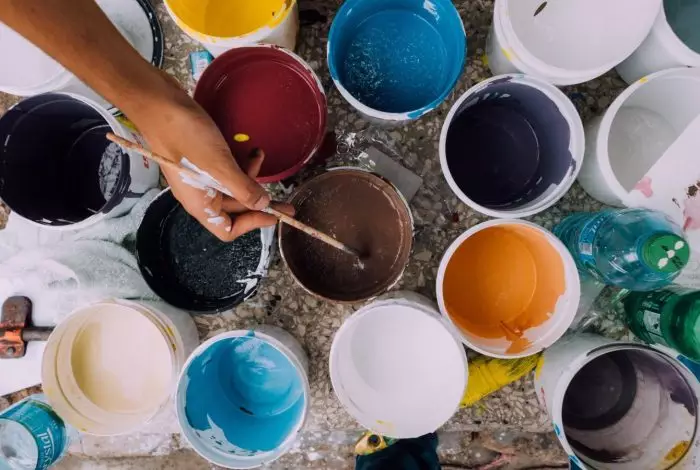
Cleaning products that are not compatible with septic systems
- -Bleach
- -Anti-bacterial detergents
- -Chemical-based drain cleaning products
- -Chemical-based or anti-bacterial bathroom or kitchen spray
- -Most toilet blocks
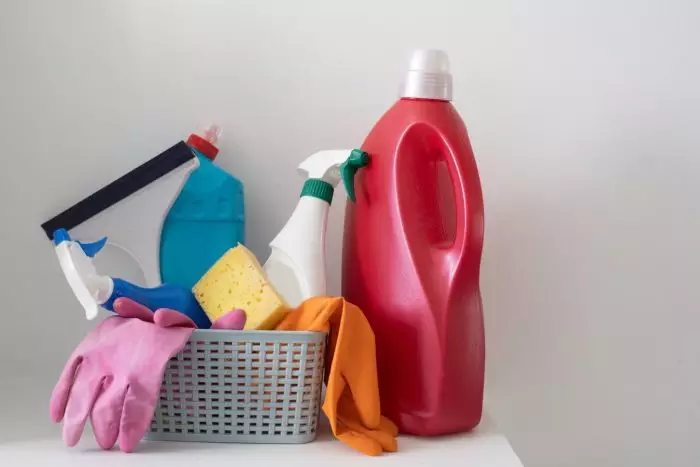
If you are unsure whether or not something can go into your septic system, the safe thing to do is dispose of it elsewhere. As a general rule, it must be something that can decompose quickly for it to go down a septic tank.
Insurance
Consider installing an effluent filter into your septic system as a form of insurance in case someone in your household flushes something that shouldn’t go into a septic tank. Furthermore, this will also increase the lifespan of your septic tank.

Septic systems are an essential part of any rural household that does not have access to a nearby sewer connection but as you should now be aware, they need some care and attention for them to run efficiently.
A visit from a professional may be required from time to time but as long as you only put the right things down your septic tank and use a regular maintenance product such as Septic Klear, the septic system should look after itself.

 Call us on 01246 240880
Call us on 01246 240880 Sign-up and receive 10% off
Sign-up and receive 10% off